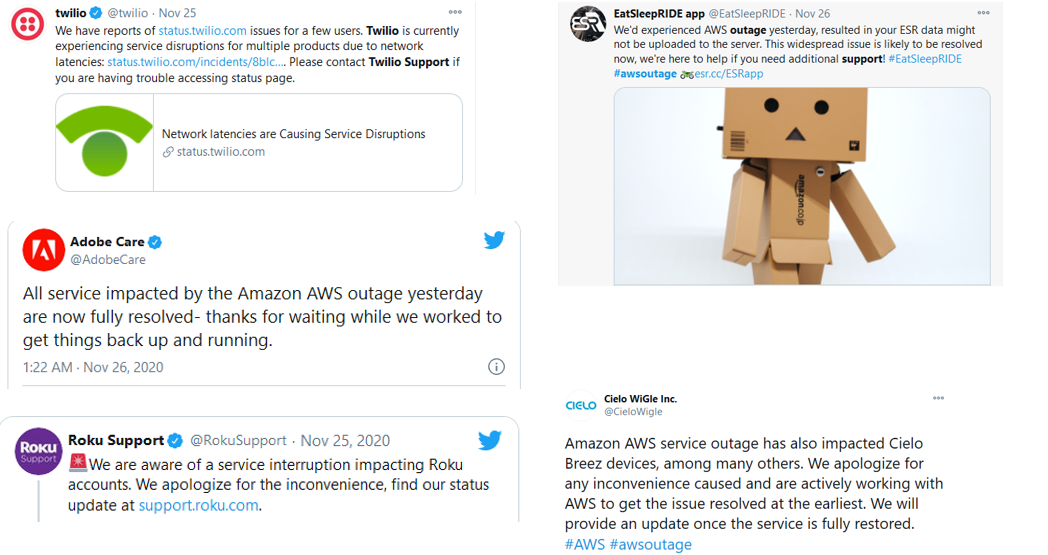As more and more companies move to a multi-cloud strategy and increase usage of a cloud-native infrastructure, API providers are under a lot of pressure to deliver APIs at scale in multi-cloud environments. At the same time, APIs should follow each company’s security requirements and best practices, no matter the cloud platform. These reasons explain why many providers have such complex API authorization requirements.
Let's assume in a company that multiple teams from different lines of business are building and deploying APIs in the Azure cloud. Different teams use different technologies to build these APIs (e.g., Azure Functions, Node.js). A company might host applications that consume the APIs on the same network, such as a company's AWS account or external SaaS applications.




